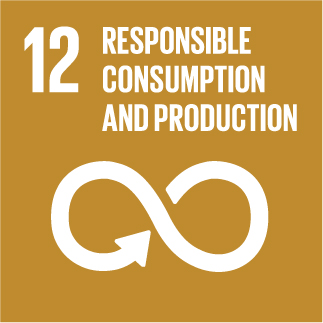Integrated manufacturing of REciclable multi-material COmposites for the TRANSport sector
Preparation of compatibilizer PDABA-g-PEPA-O and its application in NR/MCC composites and analysis of compatibilization mechanism
In this study, a new type of compatibilizer, benzamide-grafted polyethylene polyamine (PEPA) containing solvent chain (PDABA-g-PEPA-O) was prepared from PEPA, 3,5-diaminobenzoic acid (DABA) and Oleoyl chloride (OC) and used to modify sisal microcrystalline cellulose (MCC). The natural rubber (NR) was filled with the modified MCC to prepare composites. The compatibilization effect of the prepared compatibilizer on the NR/MCC/PEPA-g-PDABA-O composites was investigated and its compatibilization mechanism was analyzed by molecular dynamics simulation (MD). The results show that adding 3wt% (calculated by MCC mass) PDABA-g-PEPA-O can improve the interfacial interaction between NR and MCC. The highest tensile strength of the NR composites was 25.319 MPa when 2.5phr MCC and 3wt% of PDABA-g-PEPA-O were added and is improved by 13.07% compared with that of NR/2.5phr MCC composites. In addition, the MD results showed that the amide and amine groups in the molecular structure of PDABA-g-PEPA-O formed a strong hydrogen bond and a strong van der Waals interaction with the hydroxyl groups of cellulose and PDABA-g-PEPA-O exhibited good compatibility with NR, which achieved the purpose of compatibilization. Moreover, the properties of tensile, deformation and shear resistance of the composites were enhanced with the addition of PDABA-g-PEPA-O in molecular simulation. The MD results provided a basis for the molecular design and preparation of compatibilizers and understanding their compatibilization mechanism in the polymer composites at a molecular level.

» Publication Date: 04/03/2023

This project has received funding from the European Union's Horizon 2020 research and innovation programme under grant agreement Nº 768737


